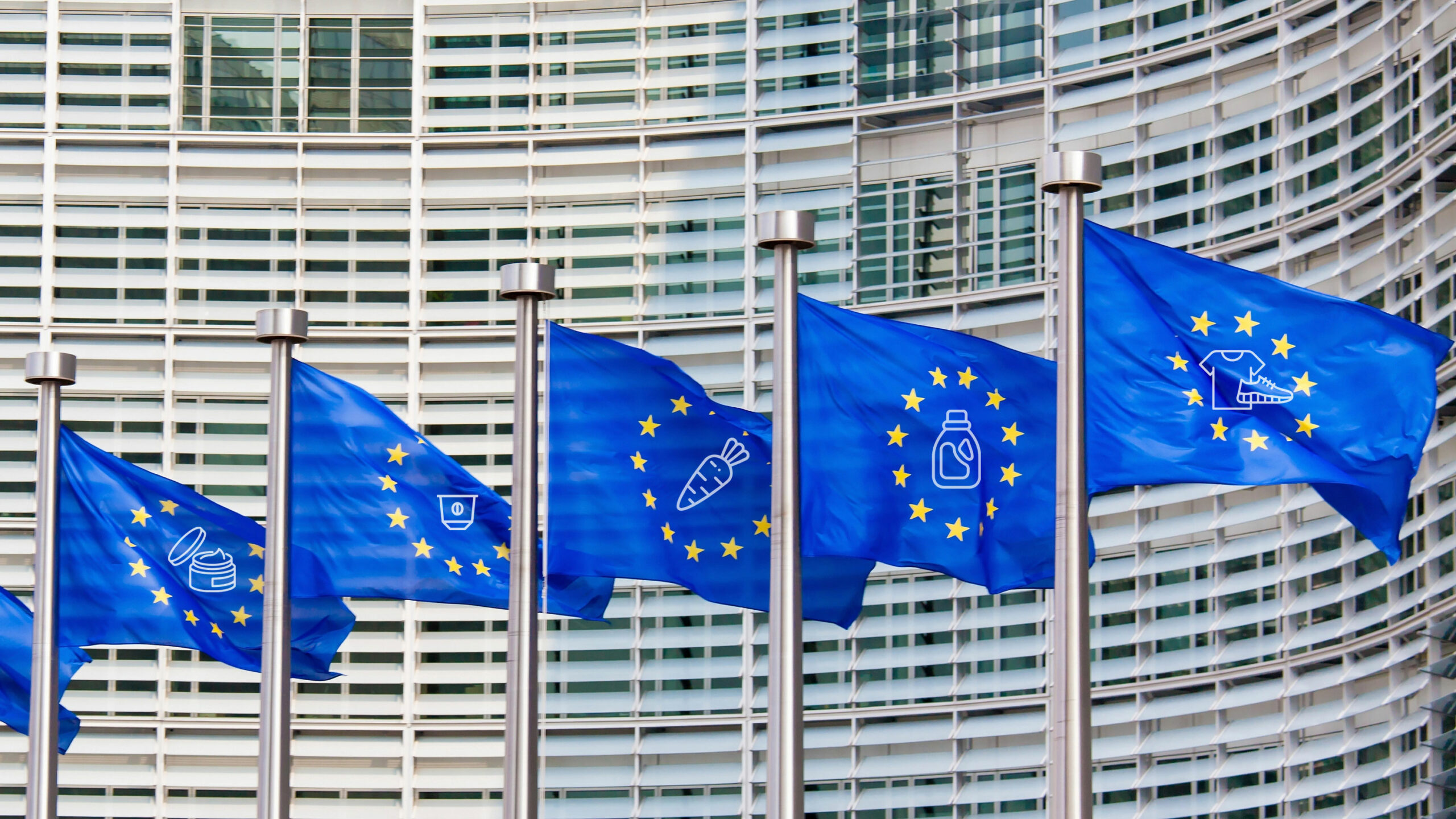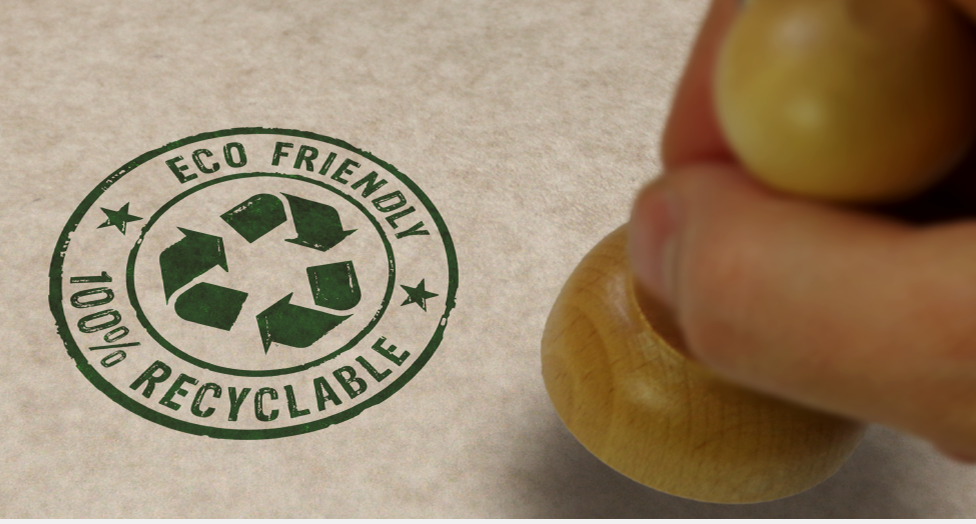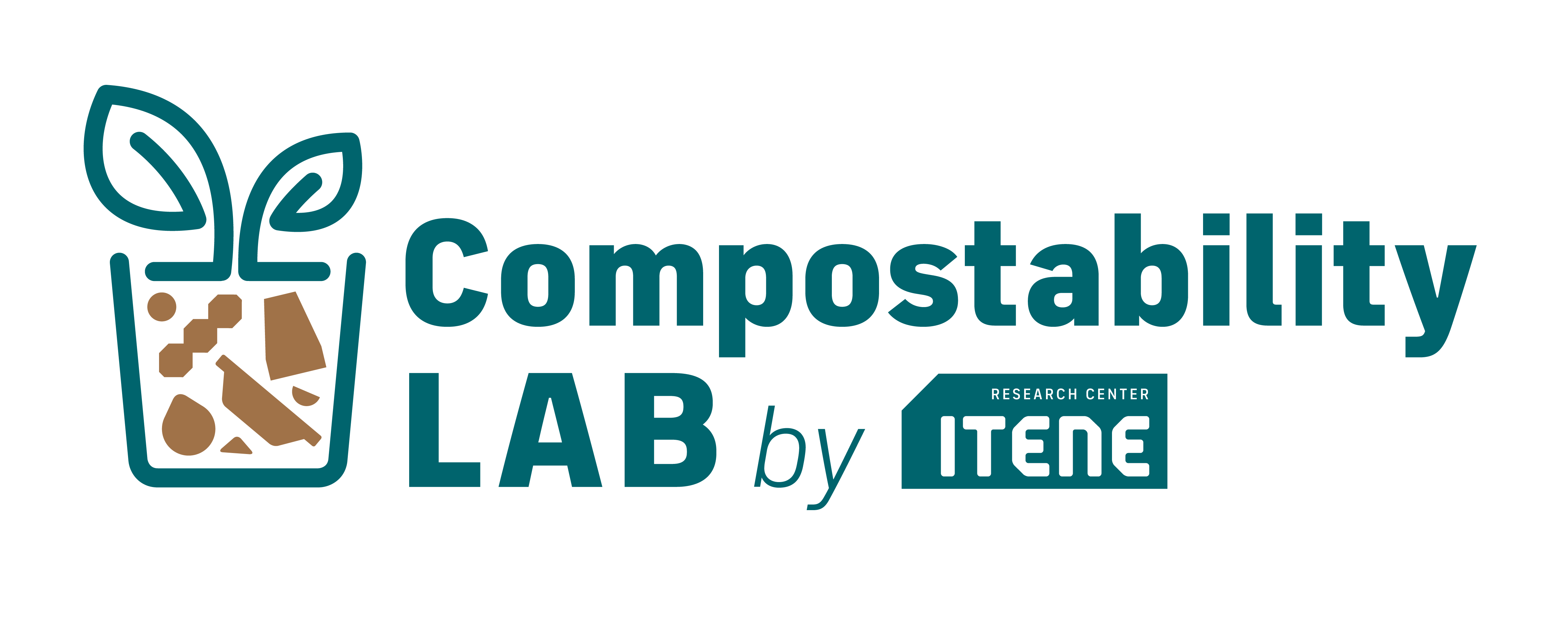6 questions and answers on the future Packaging and Packaging Waste Regulation (PPWR)
Update 16/12/2024
The European Union European Union has formally adopted the new European Packaging and Packaging Waste Regulation (PPWR), which implies more than an update, a paradigm shift.
If you produce, import or sell any packaged product in Europe, you are directly affected by this regulation. But what does it really mean, how will it change your industry, what opportunities and challenges does it bring?
In this article, we unveil the 6 most burning questions about future regulation and give you the answers you need to be prepared.
Read on to find out more:
- When will the new European Packaging and Packaging Waste Regulation come into force?
- How will the European Packaging and Packaging Waste Regulation affect my sector?
- How should I label my packaging under the Regulation?
- What packaging should be compostable?
- How does the Regulation address food safety and PFAS?
- How will the Regulation affect applications of bioplastics, compostable plastics and biodegradable plastics?
1. When will the new European Packaging and Packaging Waste Regulation come into force?
The Council of the European Union formally adopted the new European Packaging and Packaging Waste Regulation (PPWR) on 16 December 2024. It will be published in the Official Journal of the EU (OJEU) in a few days’ time and will enter into force, but the measures included in it will apply 18 months after that date. You can consult the news published by the EU in which the latest version of the regulation as of 3 December 2024 is attached.
It should be noted that as a regulation, it is a binding legislative act, which means that, once adopted, it is immediately applicable in all European Union (EU) member states. It differs from the directive because it sets targets that all EU countries must meet. However, it is up to each country to develop its own laws to achieve these targets.
This regulation sets out an ambitious and transformative regulatory framework for packaging in the European Union, intending to reduce waste, promote reuse, recycling and the use of recycled materials in the manufacture of new packaging. It also introduces specific measures to address the challenges posed by single-use plastic packaging.
ITENE helps companies to know whether or not their packaging complies with the European Packaging Regulation, demonstrating and verifying it, and if it does not, we can also make an action plan to help achieve it.
2. How will the European Packaging and Packaging Waste Regulation affect my sector?

The European Packaging Regulation will have a significant impact on various industrial sectors, driving changes in the way they design, produce and manage their packaging.
If you want to know specifically how it will affect your sector, sign up for the courses we have prepared between 19 July and 15 November, in which our experts will explain with practical examples how this new regulation will influence national legislation and the adjustments to be made to Royal Decree 1055/2022 on Packaging and Packaging Waste.
For example, in the food and drink sector, they will have to reduce the amount of packaging used and move towards reusable or compostable packaging. They will have to adapt to restrictions and bans on certain single-use plastic packaging and will have to comply with stricter labelling requirements, clearly informing consumers about the recyclability and recycled content of packaging.
The beverage industry will have to implement deposit and return systems for their packaging, which will entail changes in logistics and packaging management.
3. How should I label my packaging according to this regulation?
The new European Packaging and Packaging Waste Regulation establishes clear and uniform rules for the labelling of packaging, facilitating the correct separation of waste.
If you want to know from ITENE’s experts how the European Regulation will affect labelling, sign up for this online course where we will also talk about the Greenwashing Directive and eco-labelling.

Key points on packaging labelling according to the European Packaging Regulation:
- Indication of materials and waste stream: The materials to which the packaging is composed and to which waste stream it corresponds (paper, plastic, glass, etc.) should be clearly specified. To reinforce this, containers should also have the same identifying symbols to facilitate sorting and proper recycling.
- Harmonised symbols: Standardised symbols to be established at the European level shall be used to identify the different types of packaging and waste containers. These symbols will be the same throughout the EU, avoiding confusion and facilitating separate collection.
- Reusable packaging: Reusable packaging shall be clearly identified as such at the point of sale, differentiating it from single-use packaging.
4. Which packaging should be compostable?
The forthcoming European Packaging Regulation, soon to be adopted, devotes an entire article – article eight – to the compostability of certain products. It sets a deadline of two years from its entry into force for single-serve coffee pods with paper filters, fruit and vegetable stickers, and very thin plastic bags to be compostable under industrial conditions.

To meet these requirements, the Compostability Lab by ITENE offers testing services that determine whether materials and packaging comply with the compostability requirements of the future European Packaging Regulation, providing reports that support industrial or domestic certification according to the main international labels: TÜV Austria, DIN CERTCO, BPI, European Bioplastics, ABA and REAL.
In addition, ITENE, the first Spanish centre accredited by ENAC in 2019 to carry out compostability tests in its four phases according to the UNE-EN 13432 standard, issues test reports that allow to opt for eleven different certification schemes.
5.How does the Regulation address food safety and PFAS?
The regulation bans the use of so-called ‘persistent chemicals’ such as perfluorinated and polyfluorinated alkylated substances (PFAS) in food contact packaging above certain thresholds from 2026. These substances are found in a wide range of products, from Teflon to food packaging. This measure aims to protect human health and the environment while driving the transition to a more sustainable packaging industry.
If you want to know more about PFAS in the European Packaging Regulation, please read this article
ITENE is working on the development of new coatings with similar properties to PFASs but without their toxicity and persistence. Furthermore, it is actively participating in the definition of the SSbD (Safe and Sustainable-by-Design) framework to guarantee the safety and sustainability of these new materials.
6. How will the regulation affect applications of bioplastics, compostable plastics and biodegradable plastics?
The European Packaging and Packaging Waste Regulation (PPWR) will have a significant impact on applications of bioplastics, compostable and biodegradable plastics, seeking to promote sustainable solutions and avoid greenwashing.
Furthermore, concerning the determination of environmental benefits, the regulation will establish methodologies to assess the environmental impact of different types of plastics, considering their entire life cycle, from production to disposal. Factors such as resource consumption, greenhouse gas emissions, biodegradability and compostability will be taken into account.
The regulation will encourage the use of bioplastics of renewable origin, provided that their production does not compete with food production or lead to deforestation. Their use will be encouraged in applications where they provide clear environmental benefits, such as compostable or biodegradable packaging in controlled environments.
Find out here how ITENE can help you to certify your compostable and biodegradable packaging
For compostable plastics, the regulation indicates strict criteria for compostability, ensuring that these plastics decompose completely under industrial or domestic composting conditions. For biodegradable plastics, the regulation restricts the use of biodegradable plastics, and only certified biodegradable plastics that decompose completely in specific environments, such as soil or seawater, without leaving harmful residues, will be allowed.
-
Shall we talk?
César Aliaga
Head of Packaging and Circular Economy Unit
"*" indicates required fields
